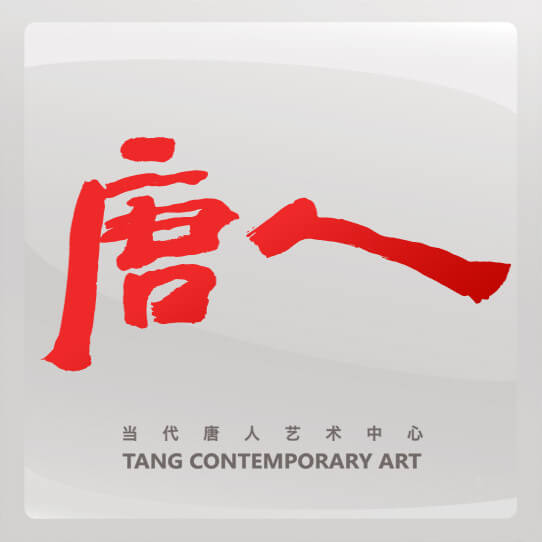Tang Contemporary Art Center is honored to announce that it will present Korean artist Chun Kwang Young's first solo exhibition in mainland China, "Liminal Dimension", at 4:00 pm on September 28th at Beijing's Second Space. This exhibition, curated by curator Feng Boyi, will feature more than 20 representative works from the artist's "Convergence" series created from 2003 to 2023.
As a term and concept in cultural anthropology, "liminality" means a state in which a social and cultural structure breaks away from a stable state and transitions to a structure to be established, including three stages: separation, liminality, and aggregation. The "liminal dimension" refers to the ambiguous, temporary and uncertain cultural hybrid space between the two, which is full of indescribable charm. Quan Guangrong's artistic track and the "Gathering" series of works created have the "liminal" characteristic of transformation and progression between different states: through artistic rituals, personal thinking, cognition and experience are blended into his In the artistic experiment of "going his own way".
He transformed Korea's traditional and tough mulberry paper material into a creative medium and deposited it into the background of the work. It transcended its functional attributes and directly corresponded to and measured the vicissitudes of the times. A fragmented structure of shielding and overlapping is formed, and is always in a state of "boundless" abstraction and extension. It encapsulates his paranoid and rigorous processing methods, and is also a symbol of his restrained and refined artistic attitude. Fully shaping and establishing a unique self-enclosed vision. And doing one thing alone for a long time may be his favorite way of working.
In terms of Quan Guangrong's creative behavior, he bundles, ties, outlines and dyes the mulberry paper "repeatedly" according to the ups and downs of time, space and mood. This kind of scene with daily practice and cramped visual space brings the viewer into a state of psychological experience, permeating a quiet atmosphere. Therefore, the state of practice constituted by his creations is directly connected to the traditional Eastern culture. In enlightenment, meditation, and contemplation, it increasingly shows the integration of stillness and movement, cold and heat, simplicity and complexity, sparseness and density.
The stable triangular structure in the work and the superimposed staggered devices of different shapes form a visual effect of word dust information, origami tangles and plurality of condensation. As a result, time and space have a mixed and subtle relationship, highlighting the role of uncertainty and uncontrollable changes. This "uncertainty" is not so much his exploration of the blurring and blending of artistic boundaries as it is an artistic imagination that transcends real experience and completes his complex of specific and subtle history, daily life and memory.
The various "magic blocks" composed by him, including wall-mounted collage collections with gradient colors, are not only a stack of visual forms, but also a collection of his personal and even ethnic group's energy. This energy has weight - it is entangled in Contradictory competition also constrains the balance of confrontation. Its value and significance are not to be found in the corresponding relationship between the works, but in the continuous exploration of multi-dimensional projections of history, reality and personal circumstances in the "aggregation" devices he prescribed.
When these cultural codes tied with mulberry paper are densely suspended in the exhibition hall, the exposed wounds formed by society itself are visually presented to the viewers, details that have been intentionally or unintentionally ignored by previous historical writings. Constructing a simple and direct force opens up another imaginative space for historical ideology. We can discover and share the visible or invisible past existence through the dust of history. It is like searching for diachronic memories from real time and space, and it is also like an altar. In the silence, solemnity, patience and load-bearing, it is a kind of acceptance of history, a conversion to the earth, and a comfort to the color of symbolic material culture.
It is precisely behind the surface of Quan Guangrong's art that his deeper national sentiments and his personal feelings about the real nature of real life are what prompted him to complete the inheritance and contemporary transformation of Korean traditional culture through art: Historical traces not only exist at that time, but also include current memories and artistic interpretations. The adsorption of this heterogeneous and isomorphic relationship allows one to feel the turmoil in the silence, the warmth in the coldness, and the eternity in the impermanence of his works... thus constructing his pure and precise cultural pertinence and forming the fulcrum of his artistic creation. and style designation.
Text/Feng Boyi




